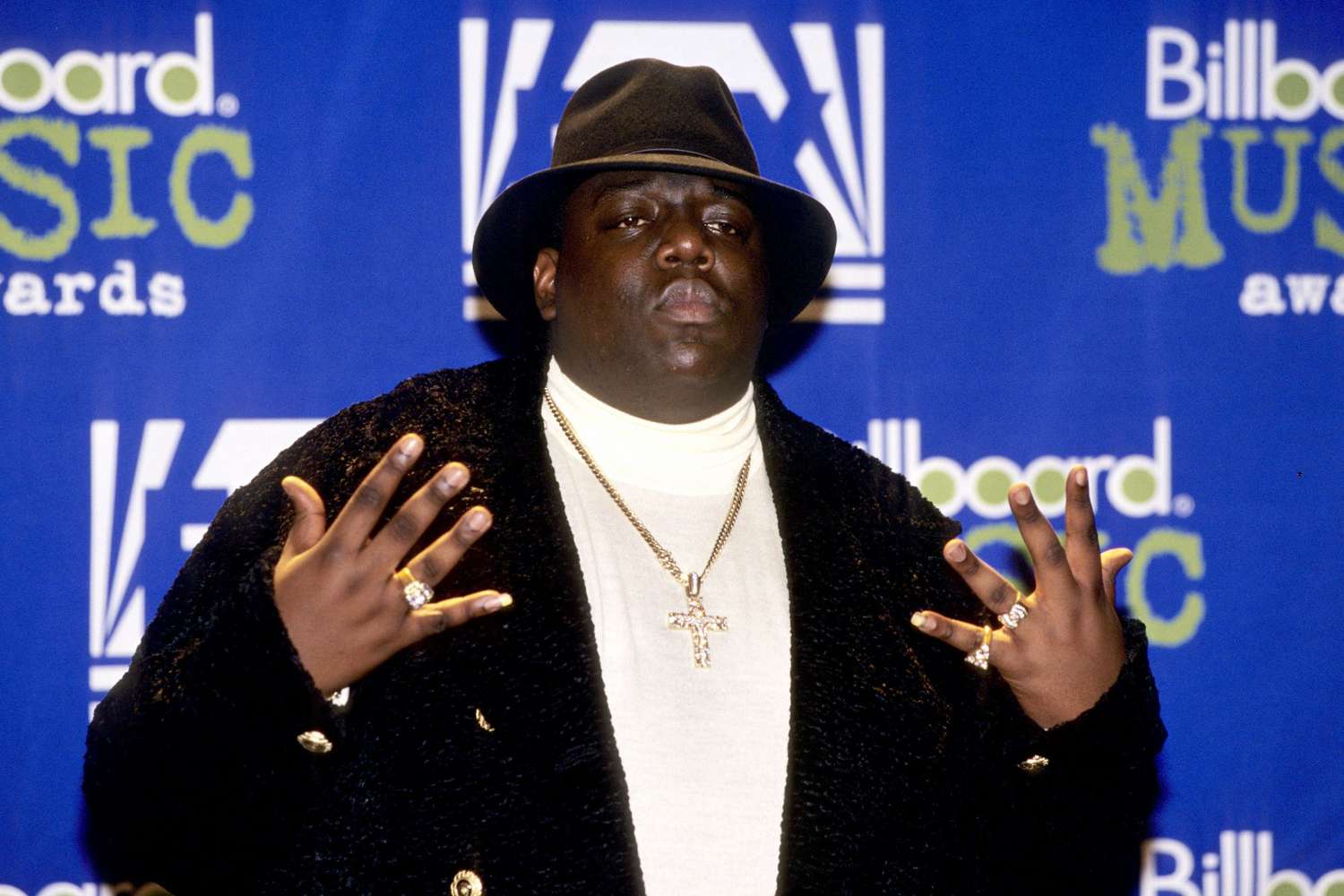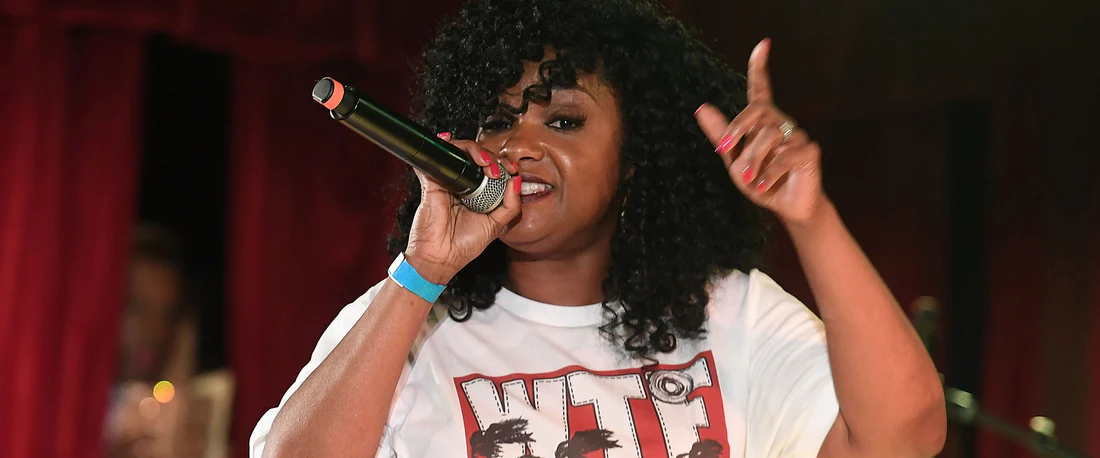
The Notorious B.I.G.: The King of East Coast Hip-Hop
japanchildrenrights.org – Christopher George Latore Wallace, better known by his stage name The Notorious B.I.G., or Biggie Smalls, is regarded as one of the most influential and skilled rappers in the history of hip-hop. Born on May 21, 1972, in Brooklyn, New York, Biggie’s rise from the streets of Bed-Stuy to global superstardom in the 1990s left an indelible mark on the music industry. His commanding presence, smooth flow, and storytelling prowess captivated audiences, and he quickly became the face of East Coast rap. Tragically, his life was cut short at the age of 24, but his legacy as one of hip-hop’s greatest icons remains unparalleled.
Early Life and Musical Influences
Biggie Smalls grew up in the tough neighborhoods of Brooklyn, where he faced poverty, violence, and limited opportunities. Raised by his mother, Voletta Wallace, after his father abandoned the family, Biggie was exposed to the harsh realities of inner-city life from an early age. He began dealing drugs at the age of 12 to support himself and his mother, and this experience later shaped much of his music.
Despite the challenges of his environment, Biggie was a natural storyteller with a talent for rhyming. He started rapping as a teenager, initially performing in local contests and battles. His early influences were the greats of hip-hop, including Rakim, LL Cool J, and KRS-One, who inspired him to pursue music as a way to escape his circumstances. His rapping style was characterized by his smooth, deep voice, rhythmic delivery, and ability to weave intricate narratives about street life, wealth, and hardship.
Discovery and Breakthrough with ‘Ready to Die’
Biggie’s big break came in 1992 when he was discovered by Sean “Diddy” Combs (then known as Puff Daddy), who signed him to his label, Bad Boy Records. Biggie’s debut album, Ready to Die (1994), became an instant classic and marked the beginning of his reign in the rap world. The album was a raw and unapologetic reflection of Biggie’s life growing up in Brooklyn, with tracks like “Juicy,” “Big Poppa,” and “One More Chance” becoming instant anthems. Ready to Die showcased Biggie’s ability to balance storytelling with street credibility and mainstream appeal.
“Juicy,” the album’s lead single, is one of Biggie’s most iconic songs, telling the story of his rise from humble beginnings to success in the music industry. The track’s catchy beat and relatable message of overcoming adversity resonated with fans worldwide and made Biggie a household name. Ready to Die not only elevated Biggie to fame but also helped revitalize East Coast hip-hop during a time when West Coast rap, led by artists like Dr. Dre and Snoop Dogg, was dominating the charts.
The East Coast-West Coast Rivalry
Biggie’s success was inseparable from the growing tensions between the East Coast and West Coast hip-hop scenes, which reached its peak in the mid-1990s. The rivalry between East Coast artists, represented by Biggie and his label, Bad Boy Records, and West Coast artists like Tupac Shakur and Death Row Records, became one of the most infamous feuds in hip-hop history. This conflict was fueled by a mix of personal, professional, and political issues, including competition for dominance in the rap world, media manipulation, and unresolved personal disputes.
In 1995, Biggie’s life and career were further complicated by his involvement in the feud with Tupac. The two had a contentious relationship, with tensions escalating after Tupac was shot in a robbery at a New York recording studio, an incident he blamed on Biggie’s associates. The rivalry culminated in diss tracks, public confrontations, and increasing media scrutiny, further polarizing fans and making the East Coast-West Coast rivalry a defining moment in hip-hop history.
‘Life After Death’ and Continued Success
Despite the rising tensions, Biggie continued to create music that resonated with fans. His second album, Life After Death, was released in 1997, just weeks after his untimely death. The double album was a commercial and critical success, featuring hits like “Hypnotize,” “Mo Money Mo Problems,” and “I’ll Be Missing You.” The album showcased Biggie’s ability to evolve his sound, incorporating smoother, more commercial tracks while still staying true to his street origins.
Life After Death solidified Biggie’s status as one of the greatest rappers of all time. His lyrical ability, storytelling techniques, and unique flow were evident in every track, from the introspective “Miss U” to the braggadocious “Notorious Thugs.” The album’s release after his death only added to the mystique surrounding Biggie, cementing his place in rap history as a timeless figure.
Tragic Death and the Mystery of His Murder
On March 9, 1997, The Notorious B.I.G. was shot and killed in a drive-by shooting in Los Angeles, California. He was just 24 years old. His death, which remains unsolved to this day, added another layer of tragedy to the already fraught East Coast-West Coast rivalry. Many believe his death was part of the larger conflict between the two coasts, though the exact circumstances surrounding his murder are still unclear.
Biggie’s death, coupled with the murder of Tupac Shakur six months earlier, marked a dark period in hip-hop’s history and signaled the end of an era for the genre. His untimely passing left fans mourning the loss of a rapper whose potential seemed limitless, and it sparked a wave of conspiracy theories, rumors, and investigations into the causes of both Tupac and Biggie’s deaths.
Legacy and Influence on Hip-Hop
Despite his short life, Biggie’s influence on hip-hop is undeniable. His seamless blend of hardcore lyricism and commercial appeal set a new standard for the genre, and his contributions to rap music are still felt today. Biggie’s storytelling ability—whether recounting tales of street life, luxury, or heartbreak—set him apart from many of his contemporaries. His smooth delivery and charismatic persona made him a beloved figure in the hip-hop community, and his impact has only grown in the years since his death.
Artists across genres cite Biggie as a major influence, with his flow and lyrical complexity being studied by aspiring rappers worldwide. His legacy has been immortalized through numerous posthumous releases, documentaries, and tributes from other artists. The Notorious B.I.G. is often regarded as the greatest rapper of all time, with his albums Ready to Die and Life After Death consistently ranking among the best hip-hop albums ever made.
Conclusion: The Enduring Legacy of Biggie Smalls
The Notorious B.I.G.’s impact on hip-hop and popular culture is immeasurable. His smooth delivery, vivid storytelling, and unmatched lyricism revolutionized the genre, and his music continues to influence new generations of artists. Though his life was tragically cut short, his contributions to hip-hop have ensured that Biggie’s legacy will live on for years to come.
Biggie Smalls wasn’t just a rapper; he was a cultural icon, an embodiment of the struggles, triumphs, and complexities of life. His journey from the streets of Brooklyn to global superstardom is a testament to his talent, resilience, and ability to connect with people on a deep, emotional level. The Notorious B.I.G. will forever be remembered as one of the greatest rappers to ever grace the mic, and his place in the pantheon of hip-hop legends is secure.


